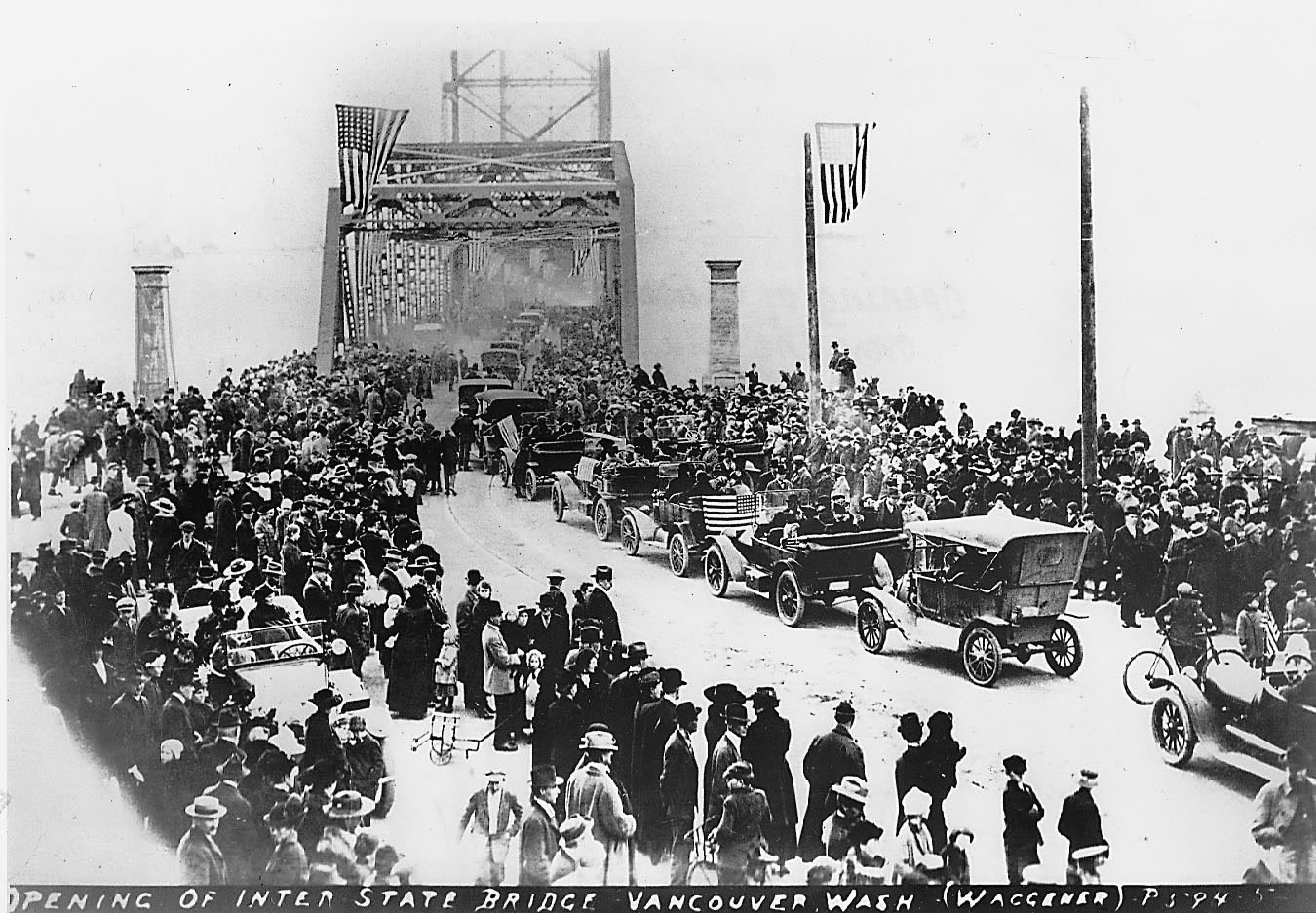When big news happens right here in our own front yard, The Columbian’s job is to scoop it up immediately and spread the word quickly. Here are a dozen huge local happenings, as witnessed and written by Columbian reporters:
“Ruin in its Wake,” Sept. 18, 1902: “The forest fires raging in Clark County this past week have reached a climax. The charred and lifeless bodies of 38 people have already been found … Many settlers and an unknown number of campers from outside points are missing. The burned section extends from Etna on the North Fork Lewis River to the summit of the Cascades on the east, and embraces nearly all the country between there and the Columbia River, running as far west as Vancouver.”
“Railway is opened,” March 19, 1908: “The first regular passenger train over the North Bank Road left Vancouver this morning at 9 o’clock. The first train from the east is scheduled to reach here at 7 o’clock this evening. The first freight train will start up the river tomorrow morning.” Twenty-six tickets were sold for the 221-mile, eight-hour maiden voyage from Vancouver to Pasco; a report from the journey underway hailed the fact that at the 109-mile marker the train was running “only 35 minutes behind schedule.”
“Mammoth Bridge of Steel Across Columbia Breaks the Last Barrier in Pacific Highway,” Feb. 14, 1917: “Thousands Witness Opening Ceremonies; Samuel Hill, Father of Pacific Highway, tells of Conception of Mammoth Bridge; Formal Cutting of Ropes and Unfurling of Flags Dedicate it to Traffic.”




